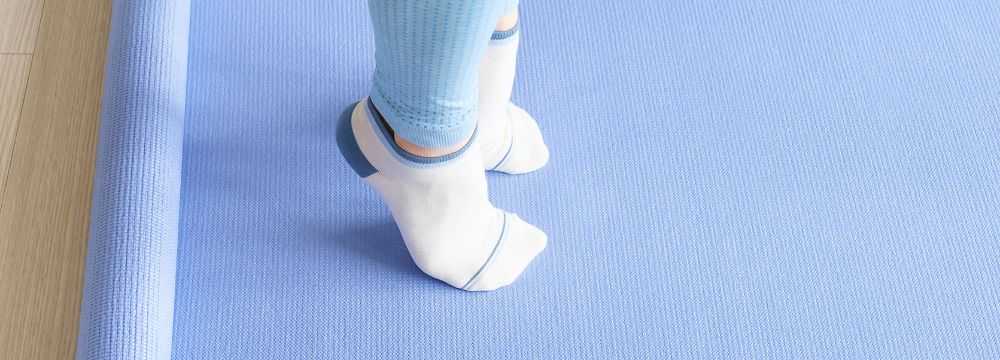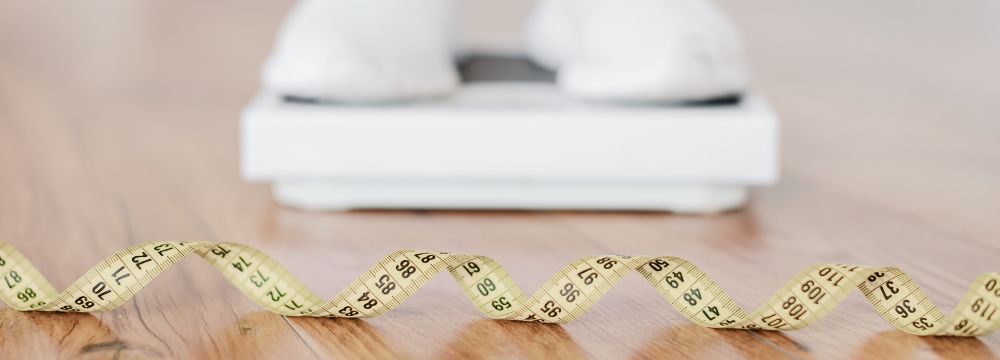
When dealing with excess weight and obesity, you may avoid taking photos and videos on vacations or family get-togethers. You may even dislike looking in the mirror. However, doing so can be a great way to jumpstart your weight loss and keep yourself motivated as you begin to lose weight.
Before bariatric surgery, many patients recall the moment that they looked at a recent photo of themselves. Some declare that they didn’t even recognize themselves. They looked older and larger than they believed themselves to be. However, that stark realization finally allows many patients to come to terms with where they are and where they need to go. It is often when they realize that they can’t do it by themselves. There’s just too much weight to lose.
But even after surgery, photos and journaling play a big part in success. We suggest taking pictures of yourself every few weeks during the first six months to a year after surgery, and after that time, taking a photo once every 2 to 3 months helps see your longer-term progress. Journaling your progress is also a great way not only to lose more weight but to remind yourself of how far you’ve come, especially when you’re feeling down or unmotivated.
What Should a Photo Journal Look Like?
A photo journal should start with a picture of you before your surgery. Then, have a picture of you each month starting from the month after surgery. You should also note your weight various medical stats, including your latest blood pressure reading, cholesterol levels, A-1 C, and more. Note your general feelings, both physically and emotionally. You can even write down some of the diagnoses that you may have had, including PCOS, diabetes, and osteoarthritis, and where the conditions stand.
From there, take a photo every month to see your progress. Ideally, wear the same clothes until they no longer fit you. This shows you, by way of apples-to-apples comparison, how much progress you’ve made. In this first year, you will lose the most weight in the quickest time. These monthly photos will offer some great insight into your progress. However, as you know, bariatric surgery is not primarily about aesthetics. During this time, your diabetes may go into remission, your high blood pressure and high cholesterol may come under control, and you may only be taking a fraction of the medication that you were before surgery. These should be noted along with your mood and how you feel.
Once you get past the year mark, it is probably best to add photo entries every couple of months because your weight loss will slow, and you’ll be reaching the maintenance phase of your postoperative life. These photos should motivate you to maintain weight loss rather than push you to lose significantly more.
During this time, you will be attending your follow-up visits, and you’ll have ample opportunity to discuss these issues with your support group peers. If you have any questions at all, we encourage you to contact our practice to get the answers you need.









